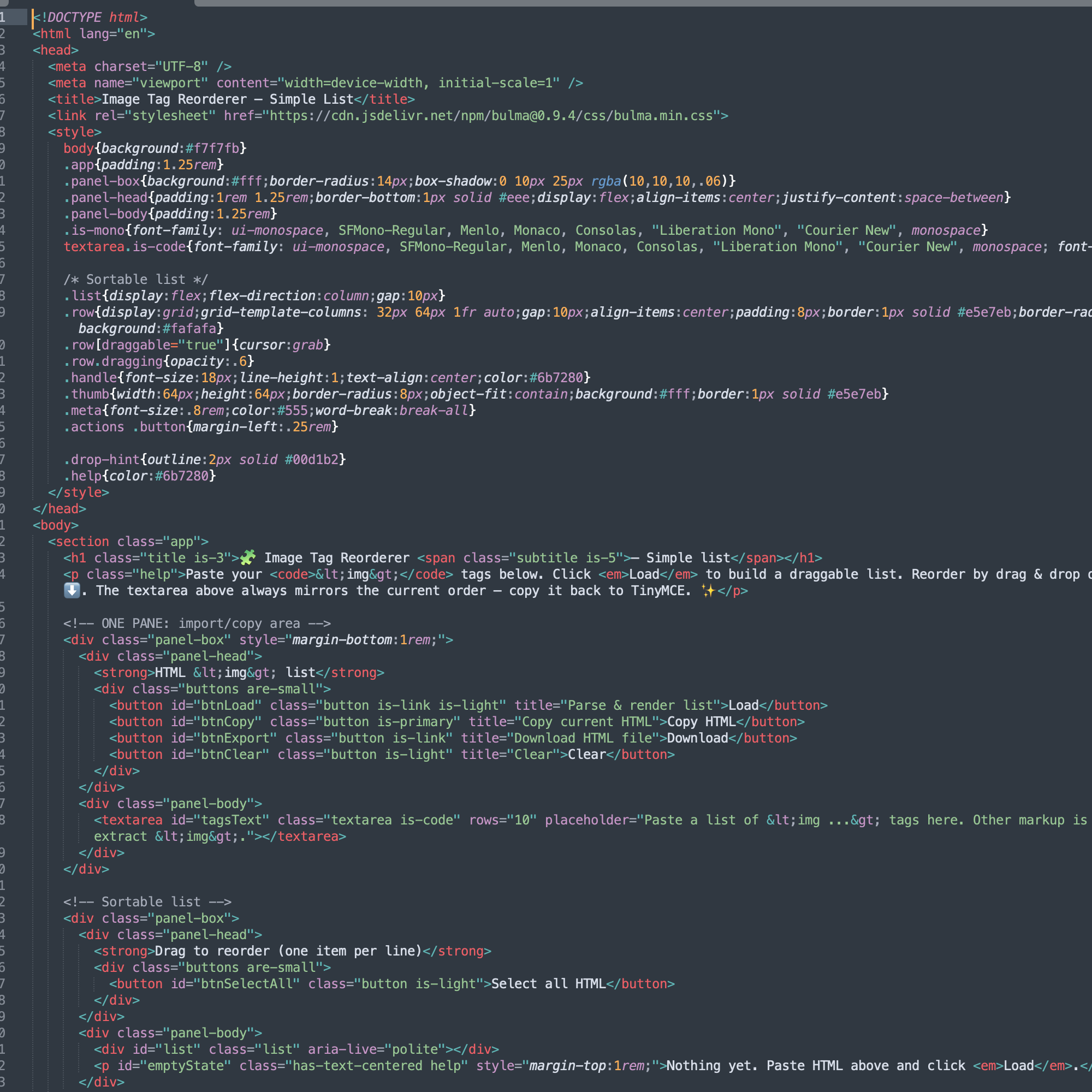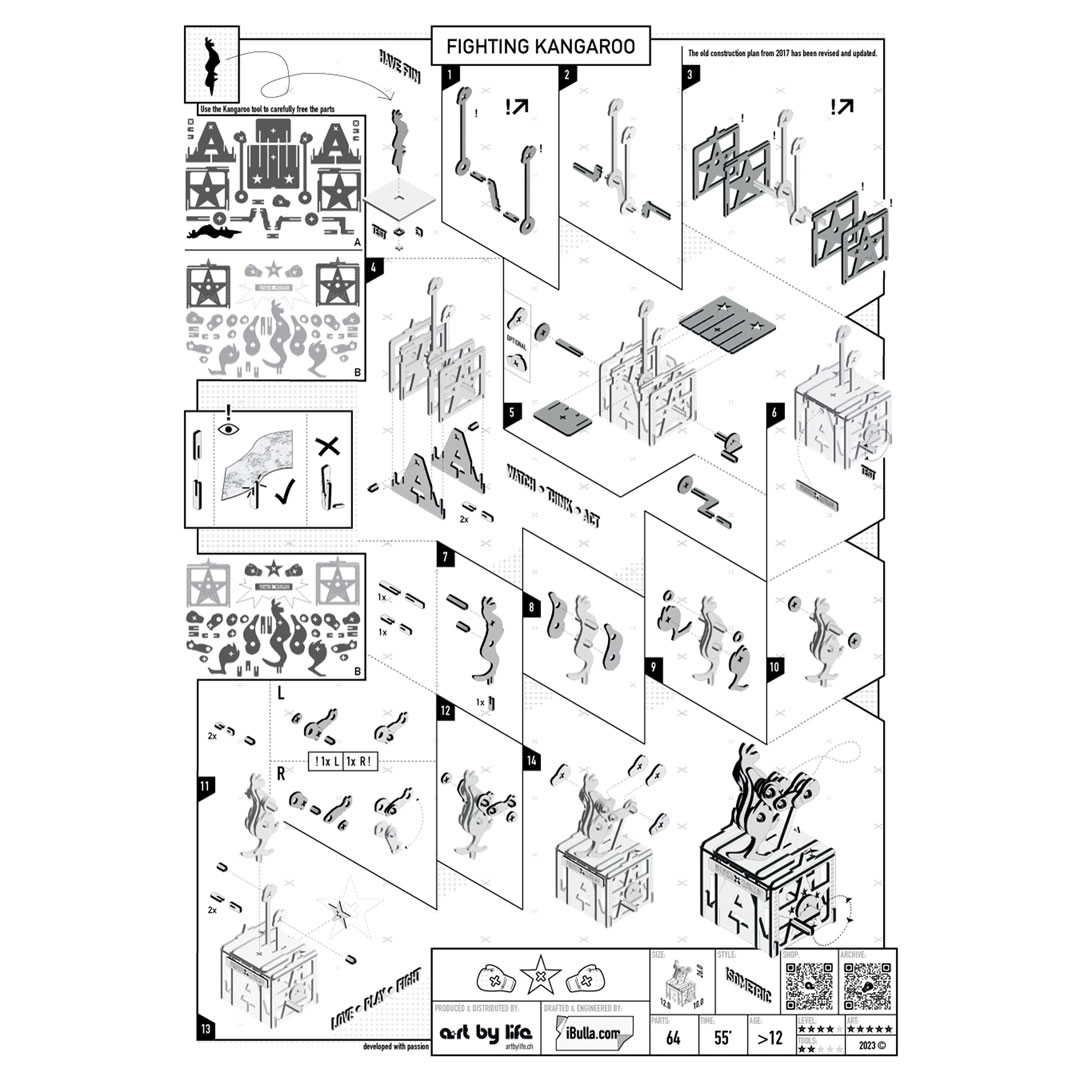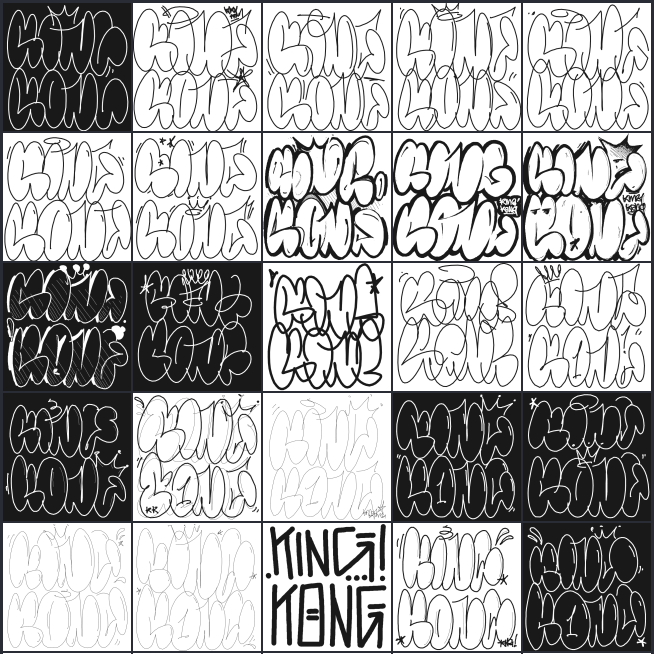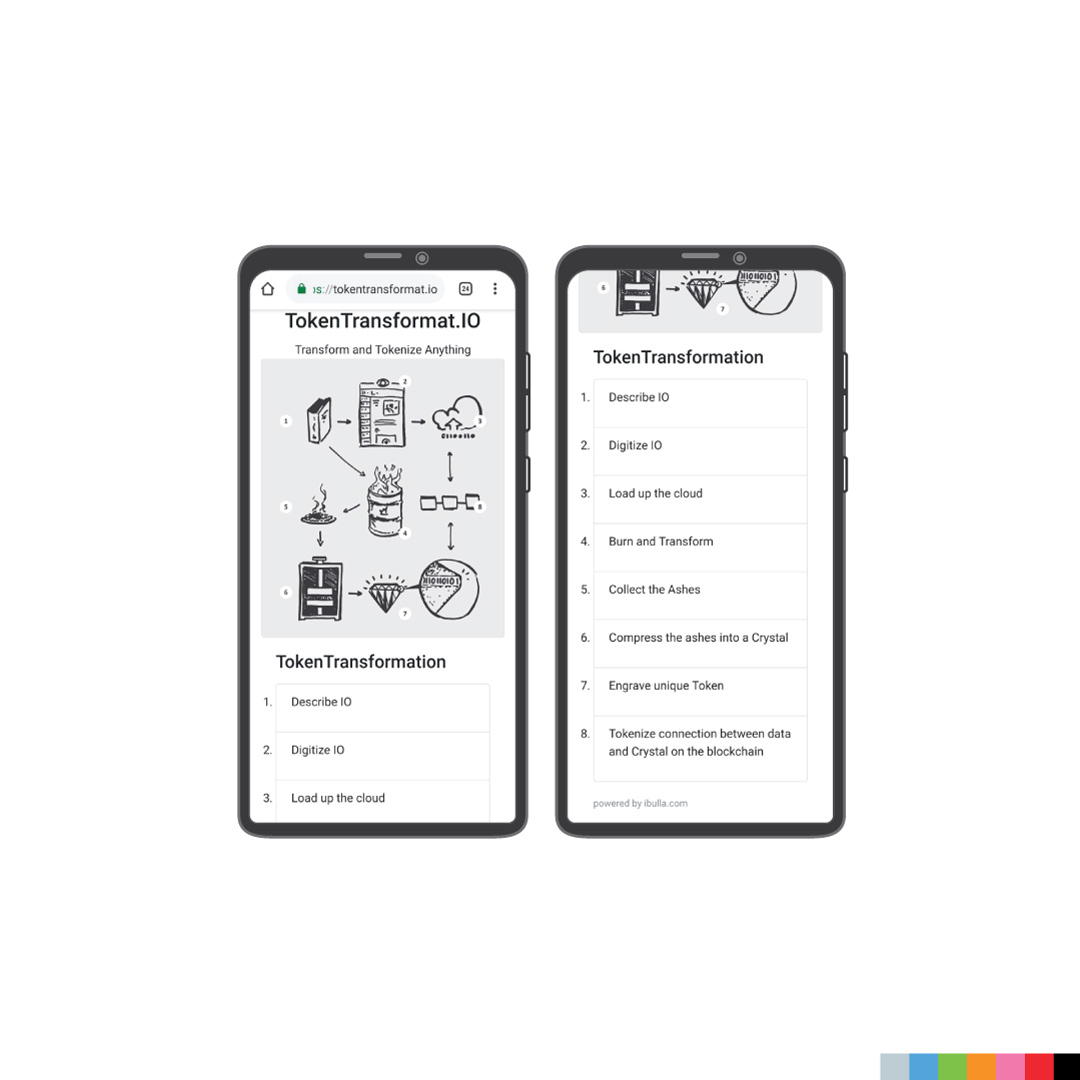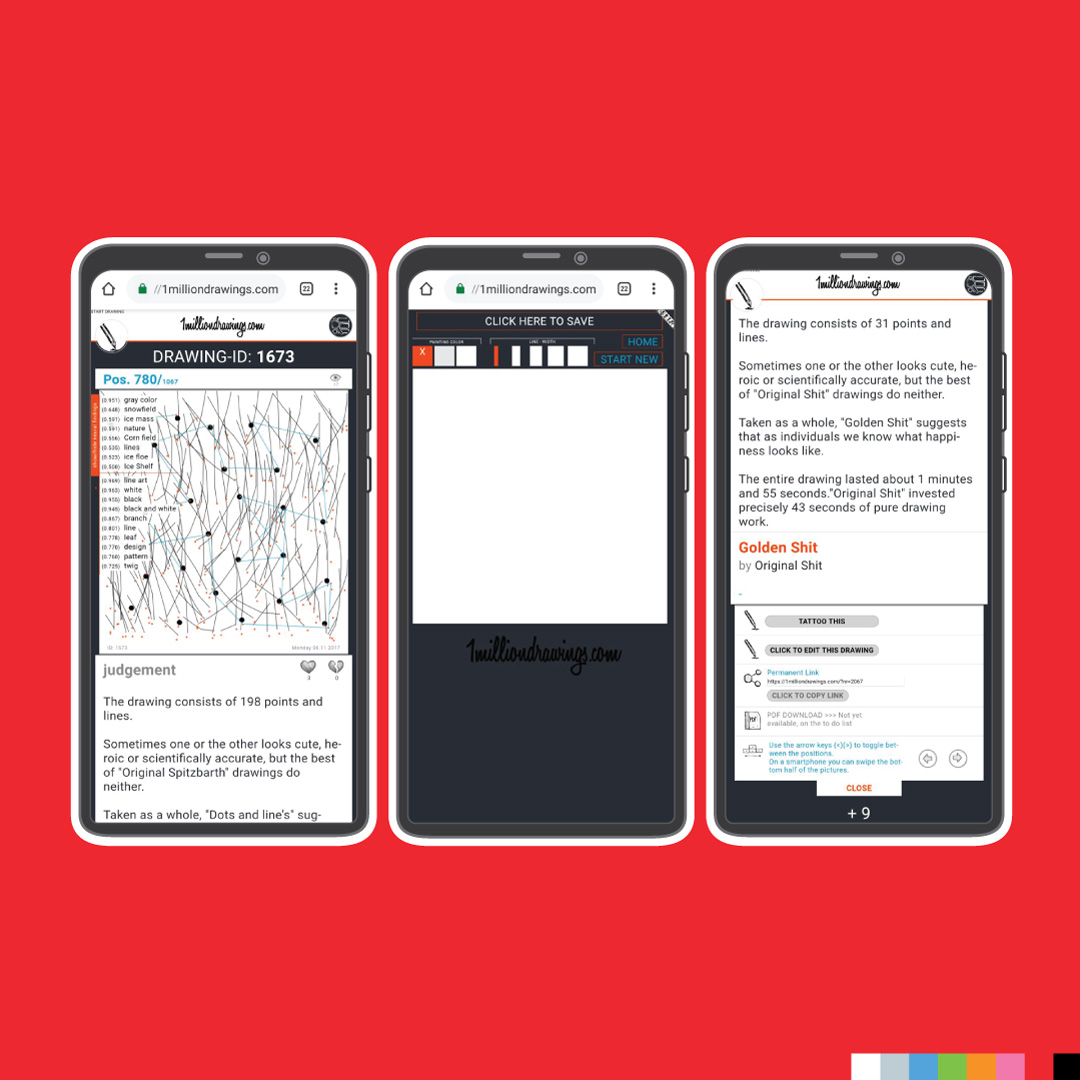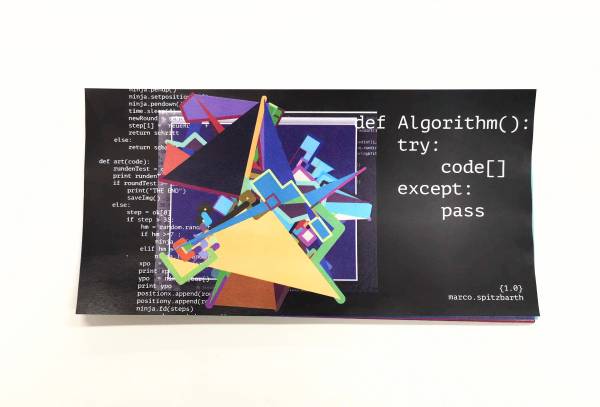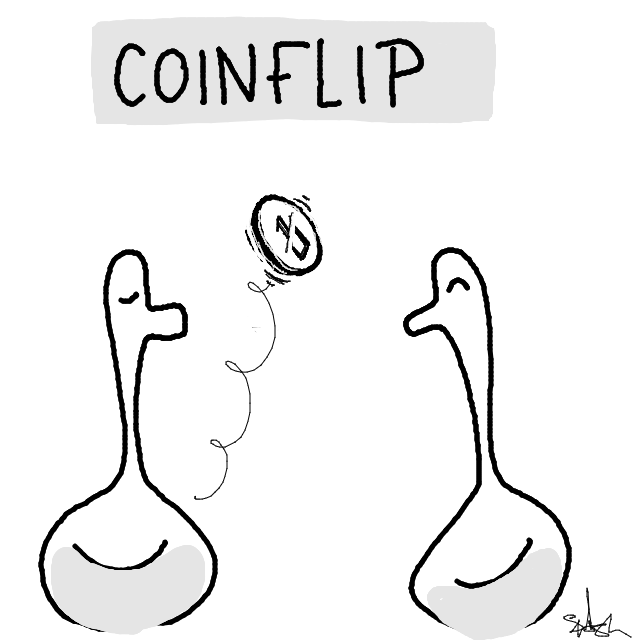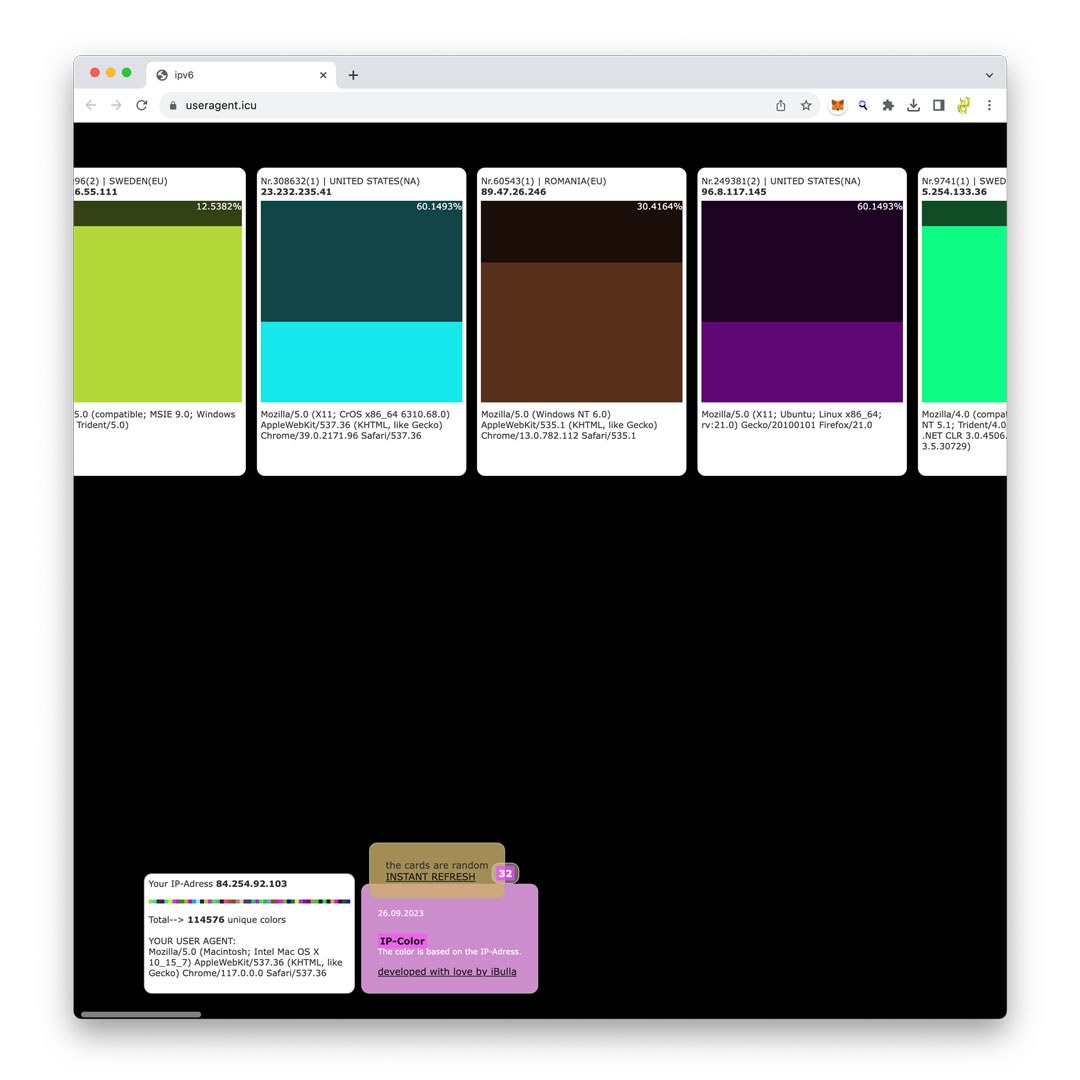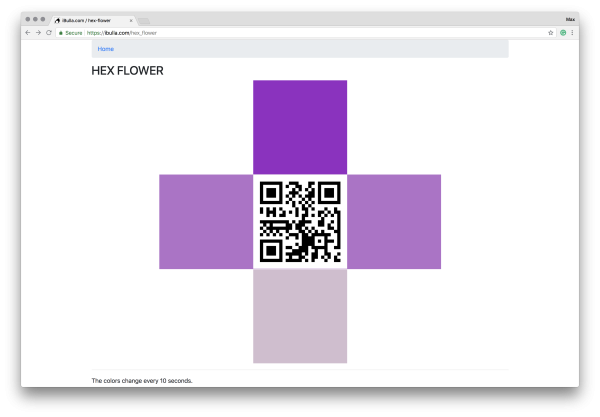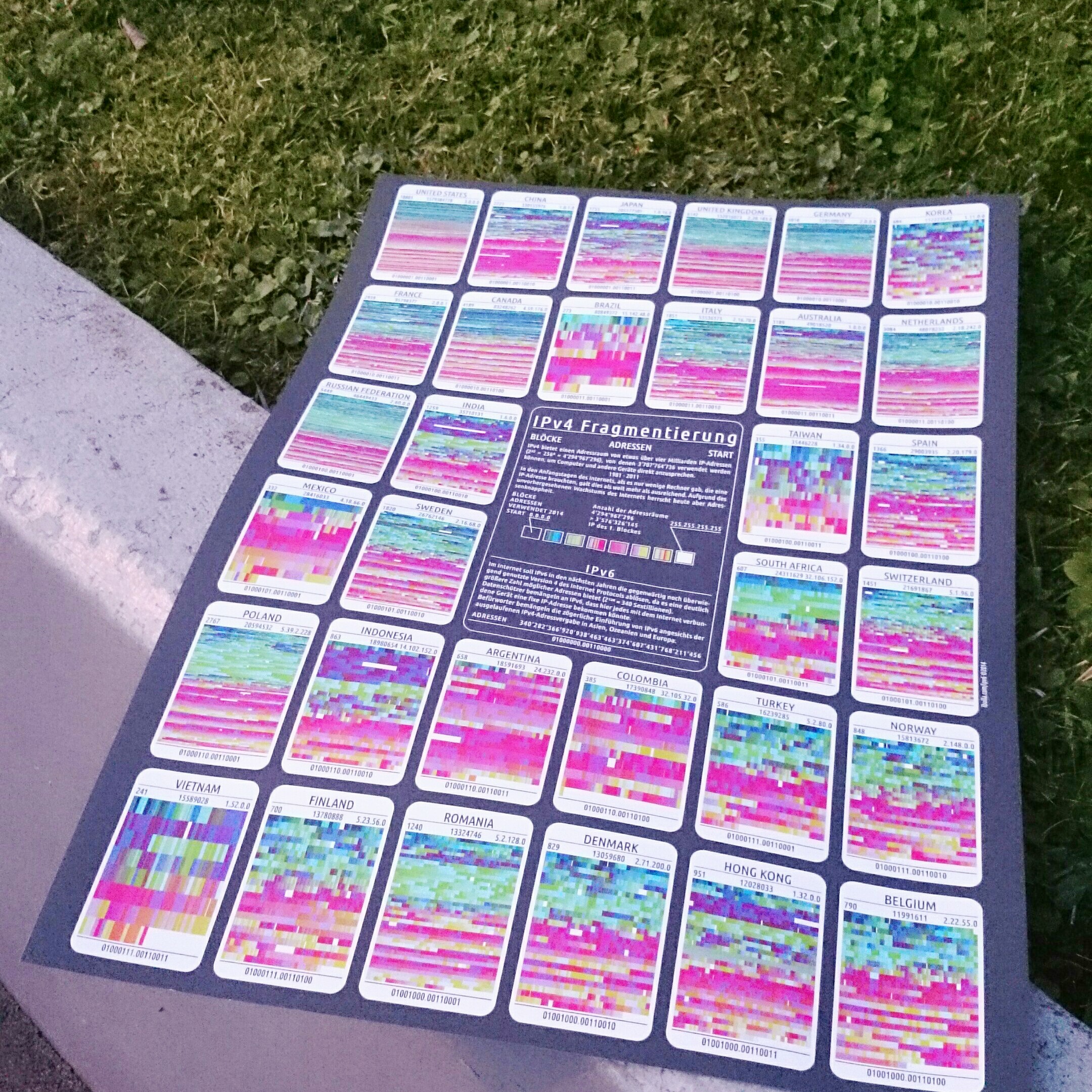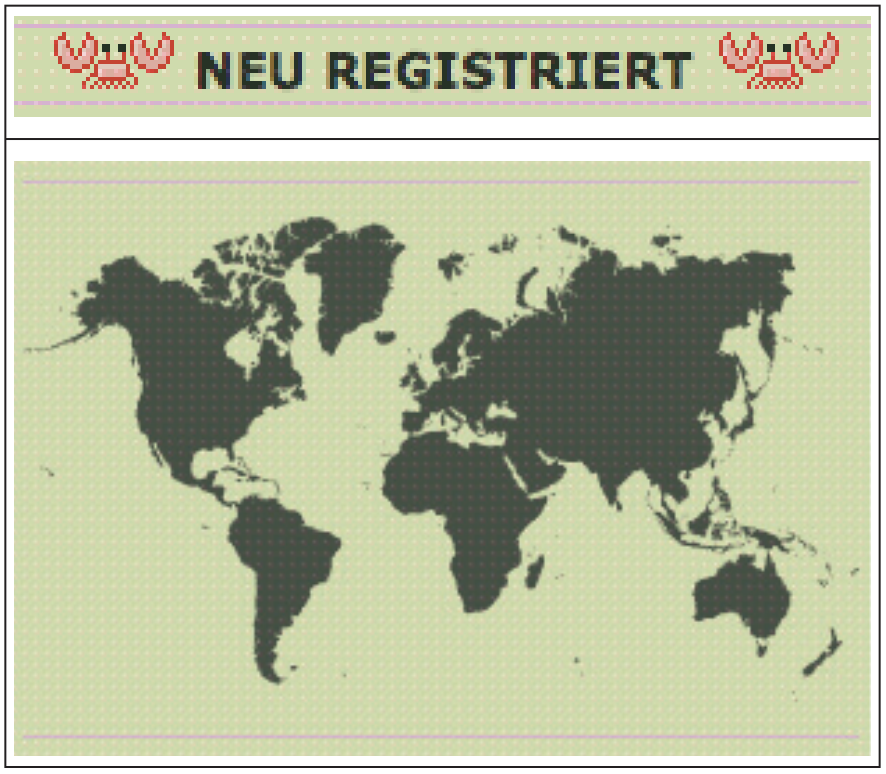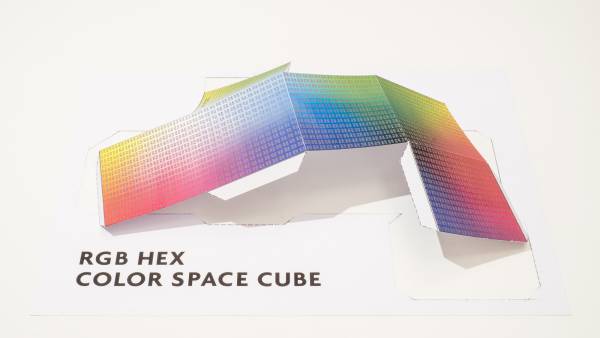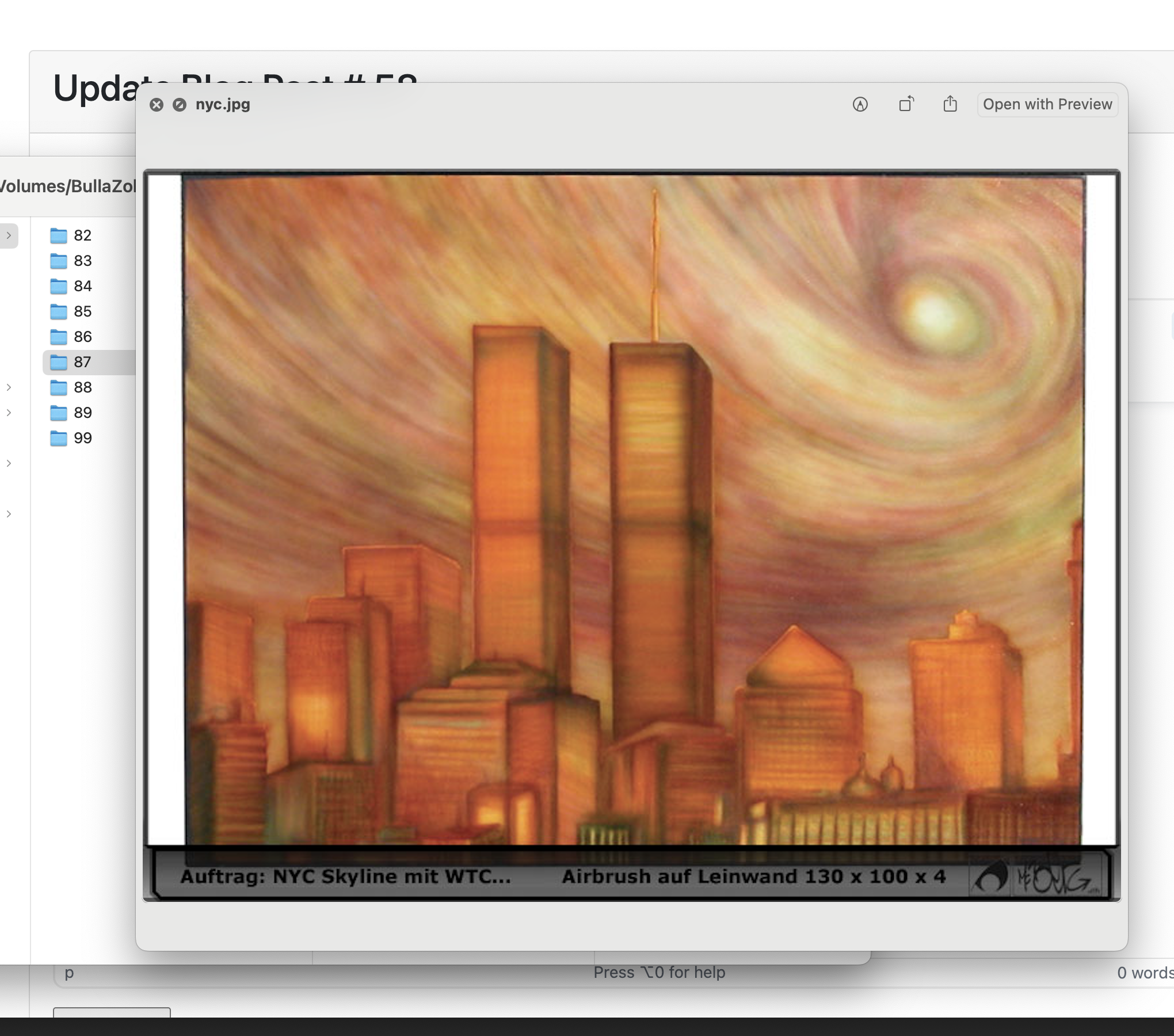IPV4 ADDRESSES AND COLORS
Overview: "IPv4 Addresses and Colors" is a significant evolution and deeper exploration of the earlier project "ipv6{start}." This project delves deep into the IPv4 standard, reflecting on the critical juncture reached in the world of internet addressing. It pays homage to the internet's early days with its utilization of hex colors, offering a unique perspective on IPv4 addresses.
The Beauty of Hex Colors and the Transition to IPv6: At the heart of "IPv4 Addresses and Colors" lies an appreciation for the elegance of hex colors. While the use of hex colors may evoke a sense of nostalgia, it also serves as a poignant reminder of the tipping point brought about by IPv6. This transition marked a fundamental change in internet architecture, providing an astounding address space that will target every device.
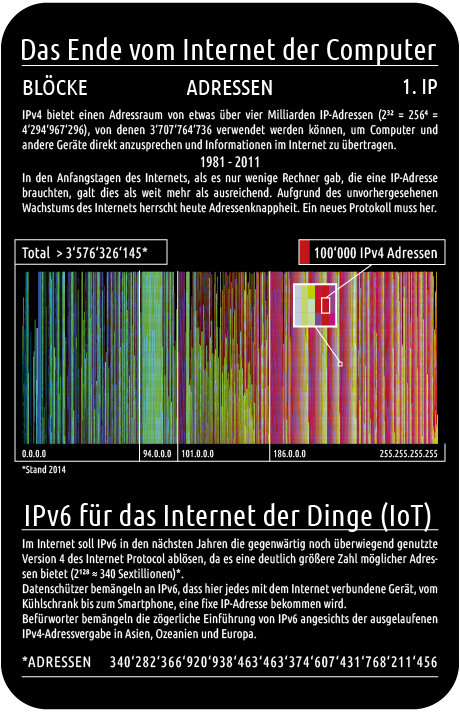
The IPv4 Address Space: The project delves into the fundamental concept of IPv4, which provides an address space of just over four billion IP addresses. This vast number was deemed more than sufficient in the early days of the Internet when the need for IP addresses was limited. However, the unforeseen expansion of the internet has led to a shortage of addresses.
Mapping Internet Allocation: Through a visual representation, the project paints a vivid picture of the allocation of IPv4 address blocks to various countries. These color-coded blocks serve as indicators of internet activity, with larger blocks symbolizing the escalating demand for internet connections.
Visualizing Internet Distribution: A poster created as part of this project serves as a visual time capsule, capturing the distribution of the internet as it stood in 2014. It's a testament to how the digital landscape has evolved over the years, highlighting the challenges posed by the limited pool of IPv4 addresses.
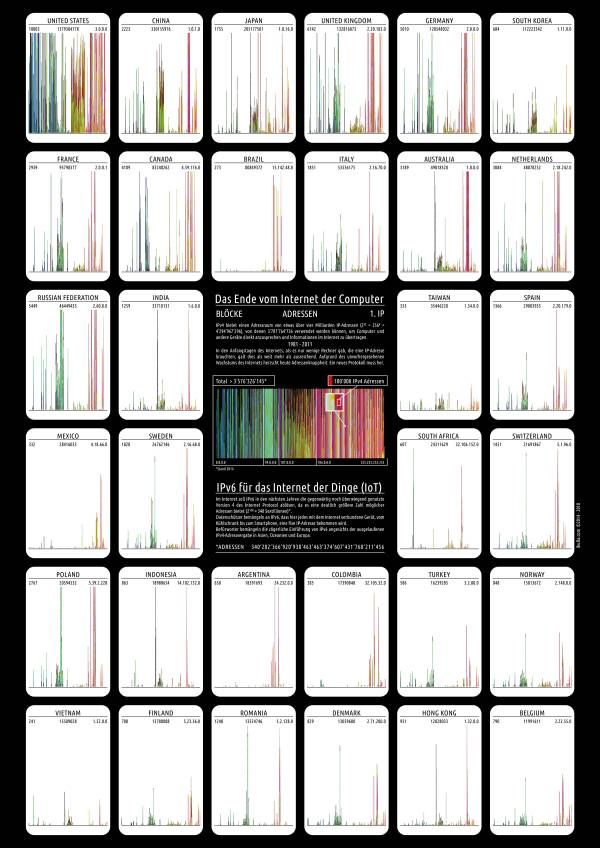
"IPv4 Addresses and Colors" is a visually arresting exploration of the ever-changing Internet landscape. It invites the viewer to reflect on the past, present, and future of Internet use. Where the focus is on the transformative role of IPv6 in expanding the possibilities of Internet architecture, particularly in the context of the Internet of Things. However, the dangers should always be considered as well.
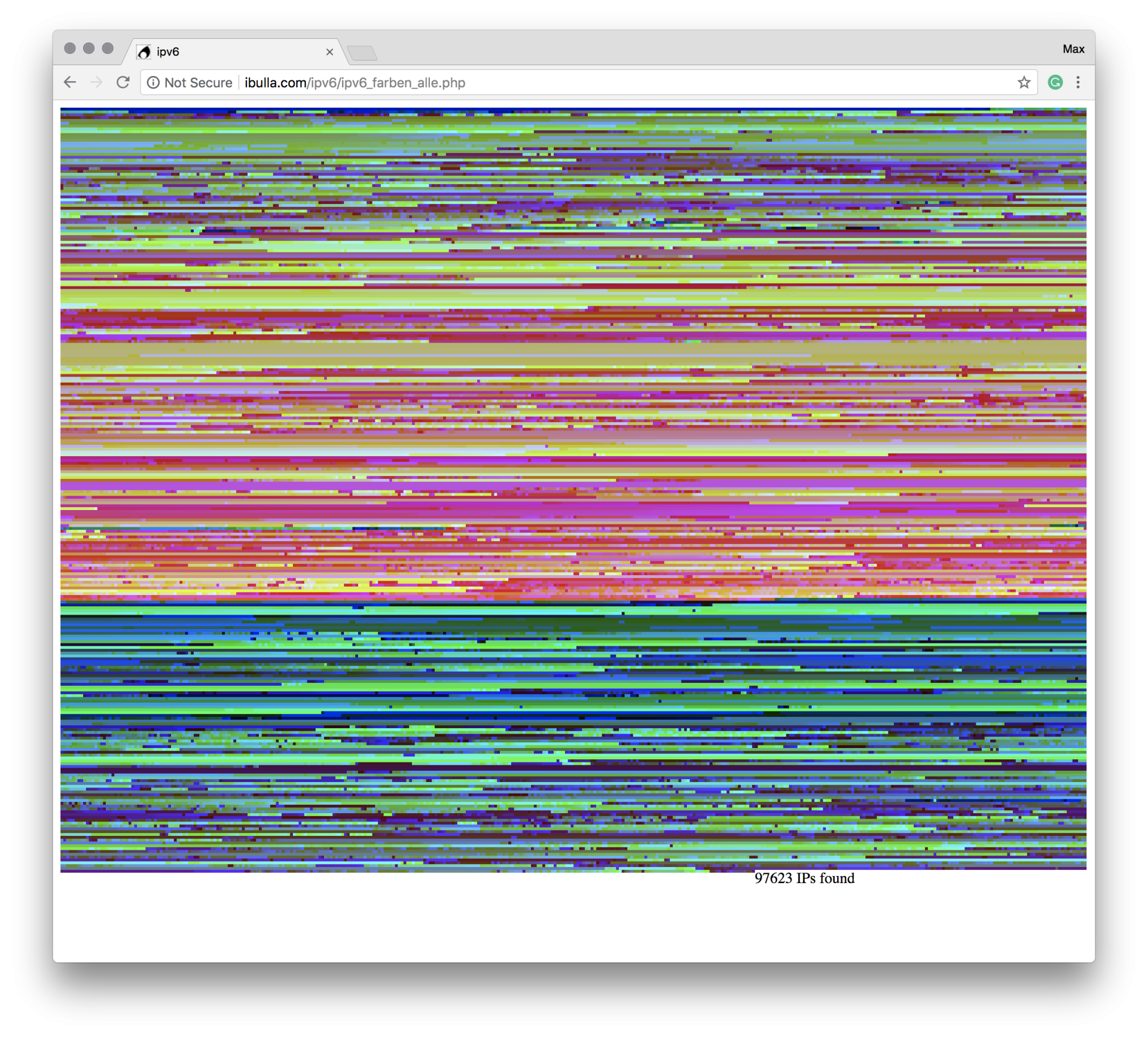

2025 | OpenHouse25
Marco Spitzbarth zeigt aktuelle Arbeiten seines „künstlerischen Labors“ und lädt Besucher:innen abseits der Führungen ein, Teil seines Schaffensraums zu werden.

2025 | Einsichten25
Über 220 Mitglieder der Visarte Zürich zeigen ihre aktuellen Werke an der diesjährigen Jahresausstellung.
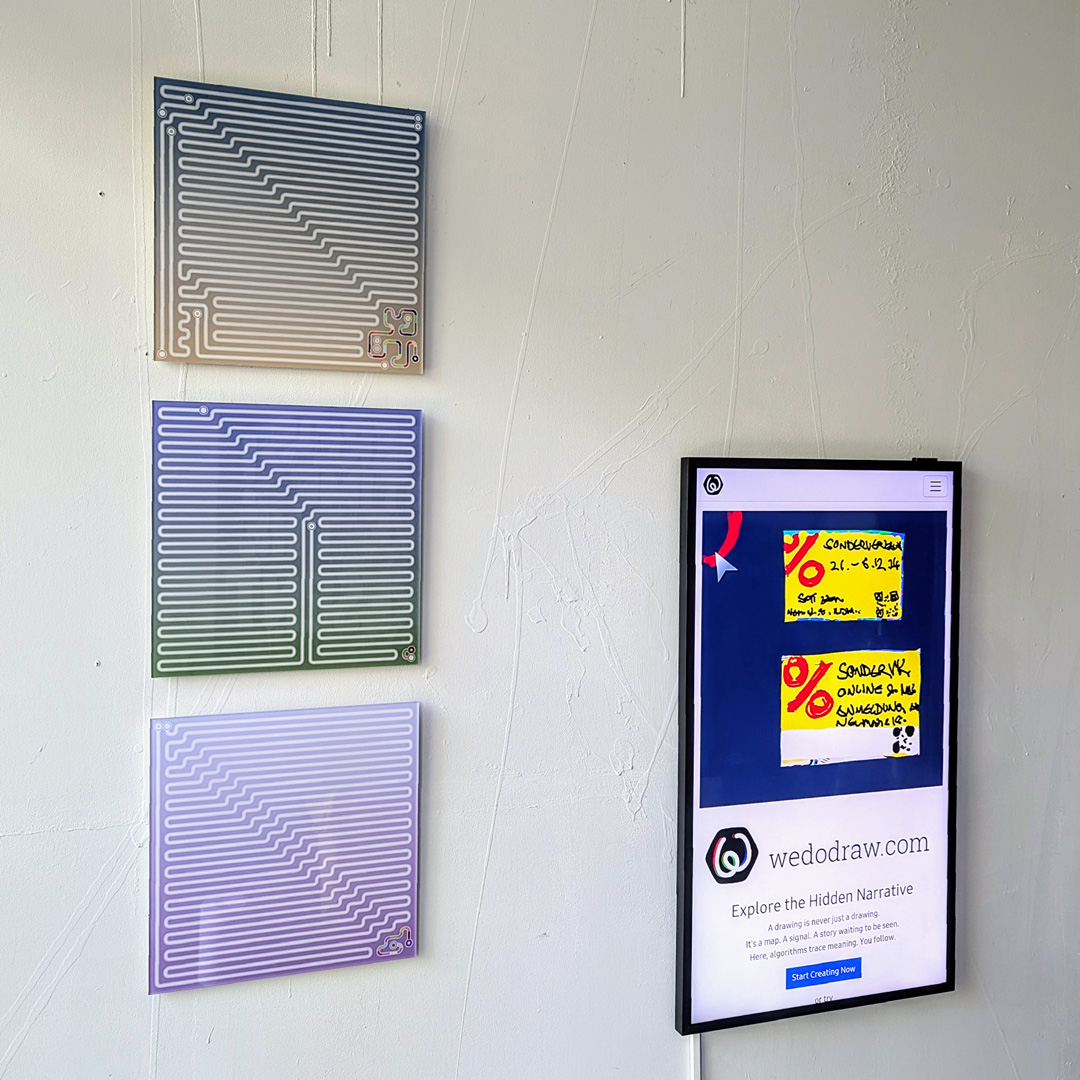
2025 | Subroutines
Subroutines transforms algorithmic decision-making into visual form. Each print captures an environment shaped by countless micro-choices — and by a colored “agent”. Like in life, a single anomaly can ripple outward, rewriting the system it inhabits.

2025 | FoxP2
Offener, einphasiger Kunst-am-Bau-Wettbewerb, Humboldt Forum - zeitgenössische Fassade am Nordgiebel

2025 | Sun Never Born
A meditation on the threshold between nature and synthesis—where the promise of a sun, yet to rise, lingers in the quiet code of creation.

2025 | Resonate Tissue
An immersive installation that explores the interplay between organic forms and digital echoes. By merging tactile materials with sensor-driven feedback, “Resonate Tissue” invites viewers to reflect on the fluid boundaries between the physical body and technological resonance, underscoring our evolving relationship with the living and the virtual.

2025 | WeDoDraw
Explore the Hidden Narrative A drawing is never just a drawing. It’s a map. A signal. A story unfolding stroke by stroke. On wedodraw.com, algorithms reveal patterns. You create, watch, and discover.

2024 | Mobile Resistance
The work transforms rigid reinforcing bars into mobile sculptures that traverse the urban space and challenge physical and metaphorical barriers through their precarious, adaptable presence.

2023 | Op3nDays
A series of talks and demonstrations organized to highlight the integration of “wedodraw” with a GRBL-driven machine. The event showcased creative drawing workflows, bridging open-source technology and artistic experimentation in a live, interactive setting.

2018 | TC 18
Transcultural Collaboration: "Tanhua": A Tribute to the Global Workforce / "Mass Prey": The Abyss of Desire

2006 | Burnout
a 72-hour, sleepless performance in which I lived within a transparent polycarbonate box under constant public and online surveillance.





